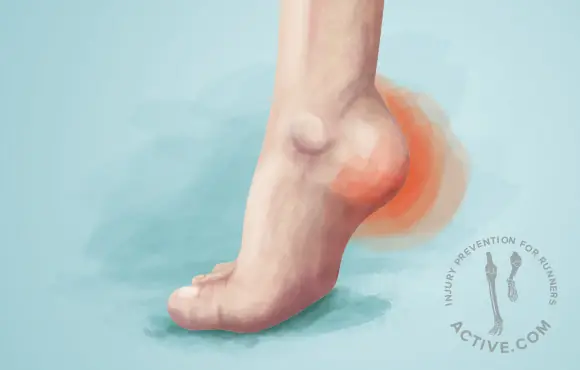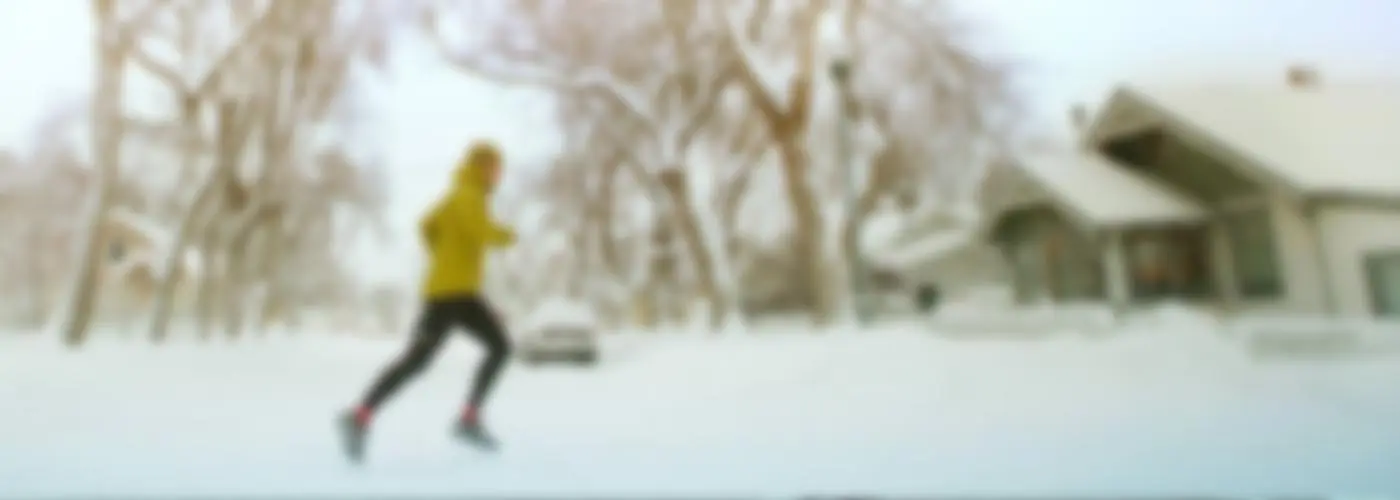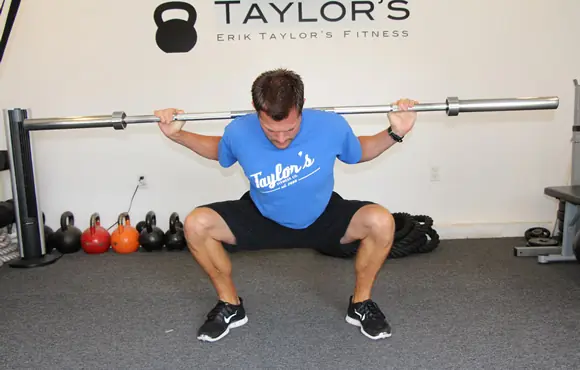Learn how to prevent, identify, and treat the most common running injuries, like plantar fasciitis and stress fractures, to be a stronger and healthier runner.
Plantar Fasciitis
1 of 9
Photo by Hollis Harris
Plantar fasciitis (or fasciosis) remains one of the most common foot injuries that dashes the training and racing hopes of many runners.
Tell-tale signs of the condition include sharp pain in the heel when getting out of bed in the morning, and again when standing or walking after sitting for long periods.
Runner's Knee
2 of 9
Photo by Hollis Harris
Runner's knee or patellofemoral pain syndrome (PFPS), can hamper your training or leave you completely sidelined.
The pain associated with runner's knee is located under, slightly above or below the kneecap. It generally worsens when athletes run uphill, downhill or up and down stairs. A popping sensation is sometimes audible. In the worst cases, the knee may swell.
Iliotibial (IT) Band Syndrome
3 of 9
Photo by Hollis Harris
The iliotibial band, or IT band, is a thick piece of fibrous connective tissue that runs from the outside of the pelvis over the hip and down to the knee, where it inserts. It plays an important role in stabilizing your knee when you're on the run.
When it becomes too tight, it can hurt as it slides over the outside of the knee. Think of it like a rubber band that becomes less adaptable to movement as it is tightened.
Shin Splints
4 of 9
Photo by Hollis Harris
While the cause is often a mystery, a recent analysis of a group of studies examining shin splints concluded that female runners and runners with fewer years of experience are at greater risk. These studies point to a number of issues related to biomechanics and bone loading as potential culprits.
Hamstring Tendinopathy
5 of 9
Photo by Hollis Harris
Considering the hamstrings play a big role in the gait cycle, it's hard to ignore high hamstring tendinopathy (HHT).
The hamstring muscles run from behind the knee, attaching at the femur and the pelvis. It is the attachment to the latter near the ischial tuberosity or "sit" bone where HHT occurs.
The pain and discomfort resulting from this type of injury materializes deep within the glute muscles.
Stress Fractures
6 of 9
Photo by Hollis Harris
Among the most reported serious injuries by runners, stress fractures are usually characterized by localized bone pain that hurts to push on. Runners commonly develop stress fractures in the lower legs and feet, but they can also occur everywhere from the femur to the pelvis to the spine.
It's far from a nuisance injury, which requires a couple days of ice and rest. Rather, this type of issue generally demands months of time off and plenty of rehab.
Achilles Tendonitis
7 of 9
Photo by Hollis Harris
The Achilles tendon connects the calf muscle to the heel bone. Common injuries to the Achilles includes both tendonitis and tendonosis.
The symptoms are similar between these two conditions, but the timing varies. Achilles tendonitis tends to be an acute injury, while tendonosis nags at the Achilles over time in a more chronic manner.
Lower Back Pain
8 of 9
Back issues can result from all manner of activity and inactivity. While some runners experience lower back pain, it may more often be a result of sitting hunched in front of a computer screen all day than from that 5 miles you ran before work.
Get ACTIVE on the Go


Couch to 5K®
The best way to get new runners off the couch and across the finish line of their first 5K.
Available for iOS | Android






Discuss This Article